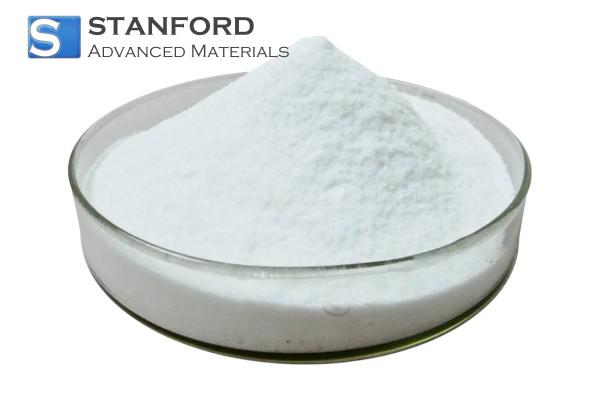- Products
- Categories
- Blog
- Podcast
- Application
- Document
HA4907 Paclitaxel (Taxol) Powder
| Catalog No. | HA4907 |
| CAS Number | 33069-62-4 |
| Molecular Formula | C47H51NO14 |
| Molecular Weight | 853.91 |
| Botanical Source | Taxaceae |
| Purity | 98% HPLC |
| Appearance | White powder |
| Package | 25 kg/drum |
| Storage condition | Stored in cool & dry places, protected from direct sunlight and heat. |
| Shelf Life | 2 years |
Paclitaxel (Taxol) is extracted from Taxaceae. Stanford Advanced Materials has been providing quality Paclitaxel (Taxol) and many other natural plant extract for over 15 years.
INQUIRY
Add to Inquiry List
Description
Specification
LATEST RECOMMENDED
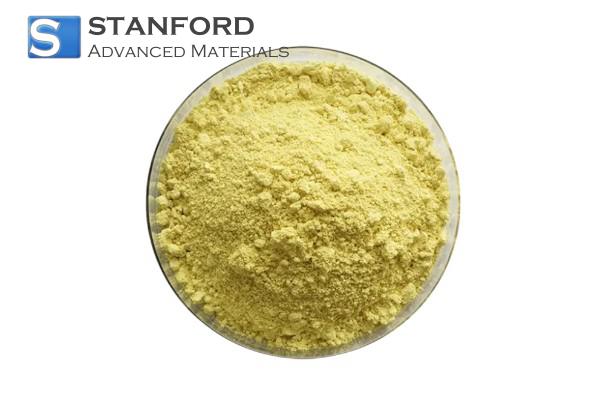
HA4774 Swertiamarin Powder, CAS 17388-39-5
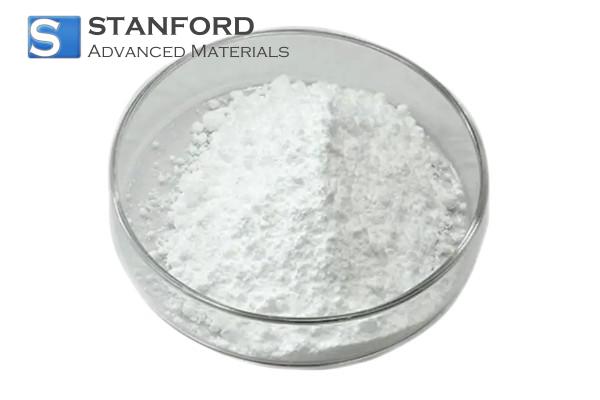
HA4775 Shikimic Acid Powder, CAS 138-59-0

HA4820 L-Tetrahydropalmatine Powder
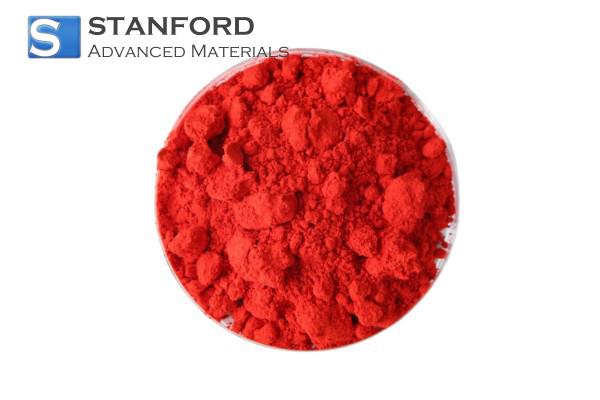
HA4823 Beta-carotene (10%) Powder (CAS: 7235-40-7)
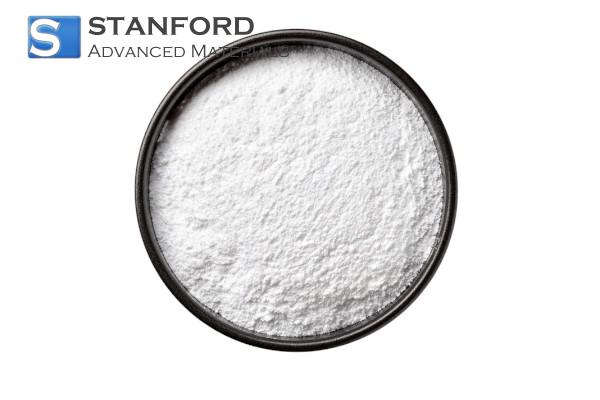
HA4824 Hederagenin (CAS: 465-99-6)
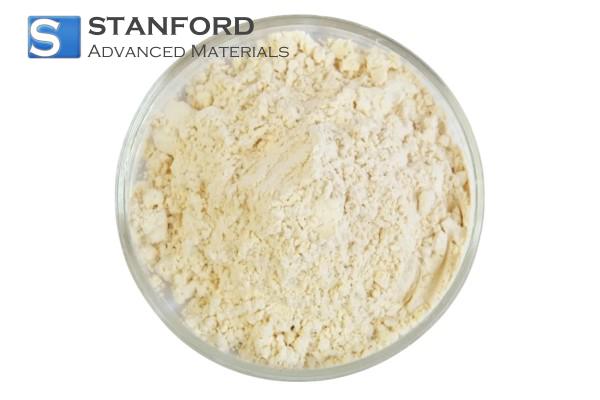
HA4841 Dihydromyricetin Powder
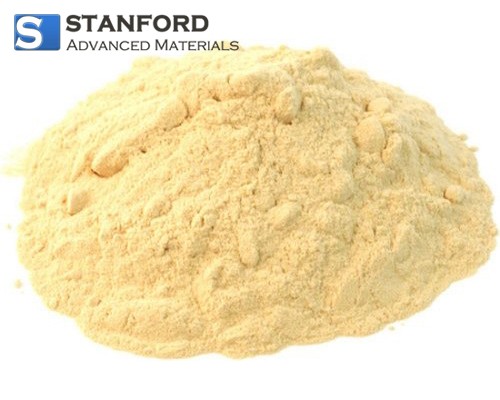
HA4842 Silybum Marianum Extract Powder
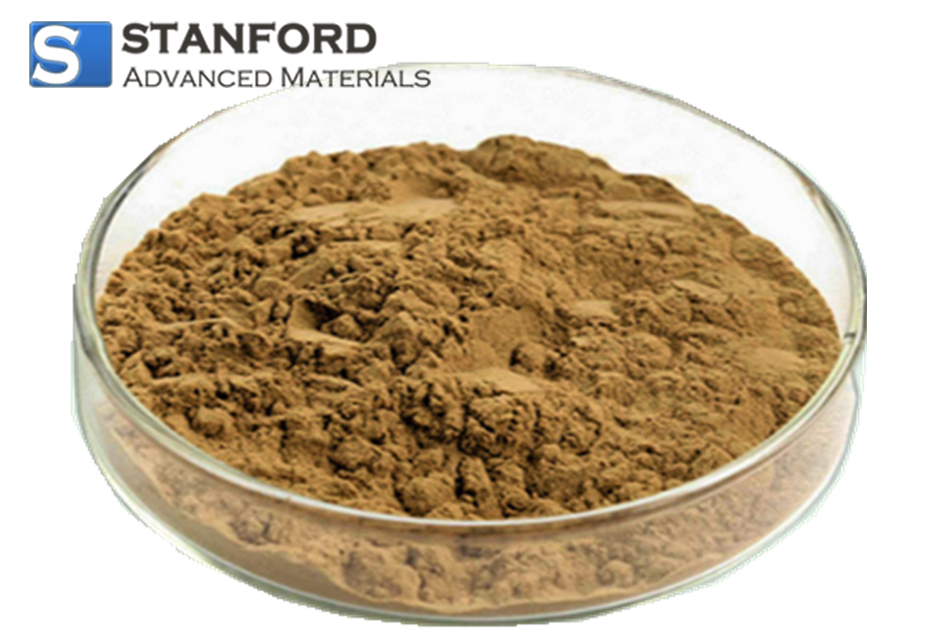
HA4843 Valerian Root Extract Powder
GET A QUOTE
Send us an Inquiry now to find out more Information and the latest prices,thanks!

